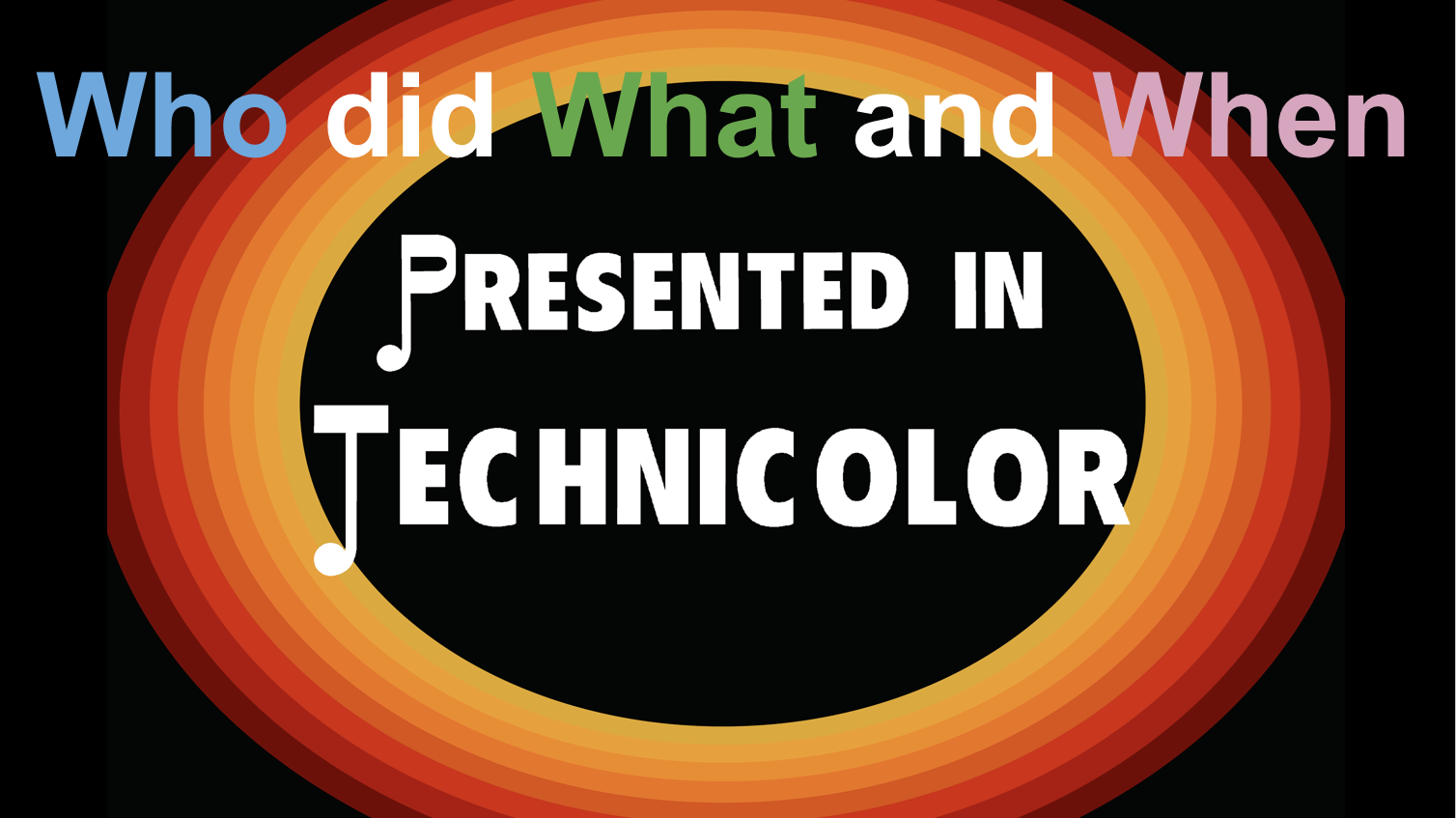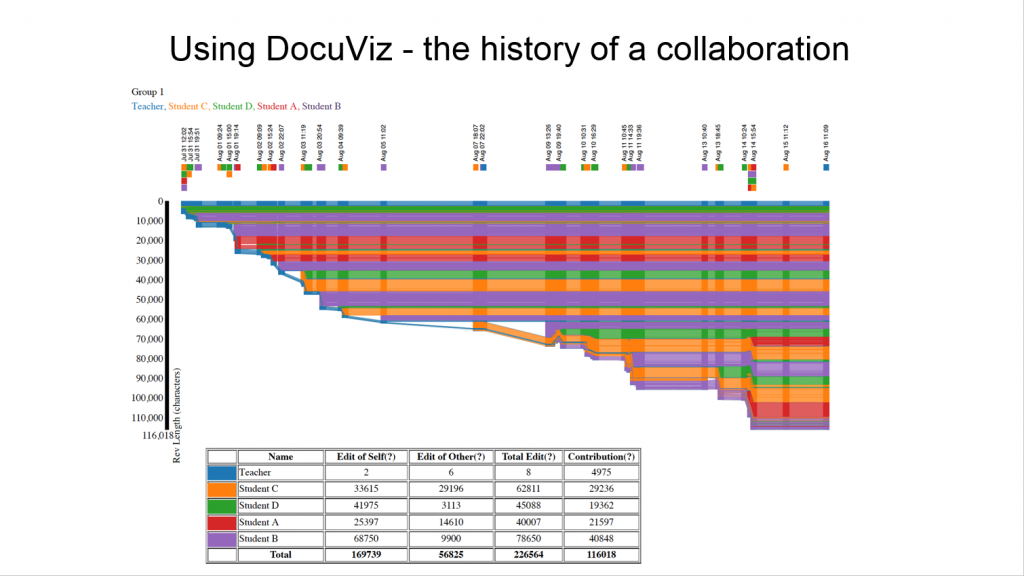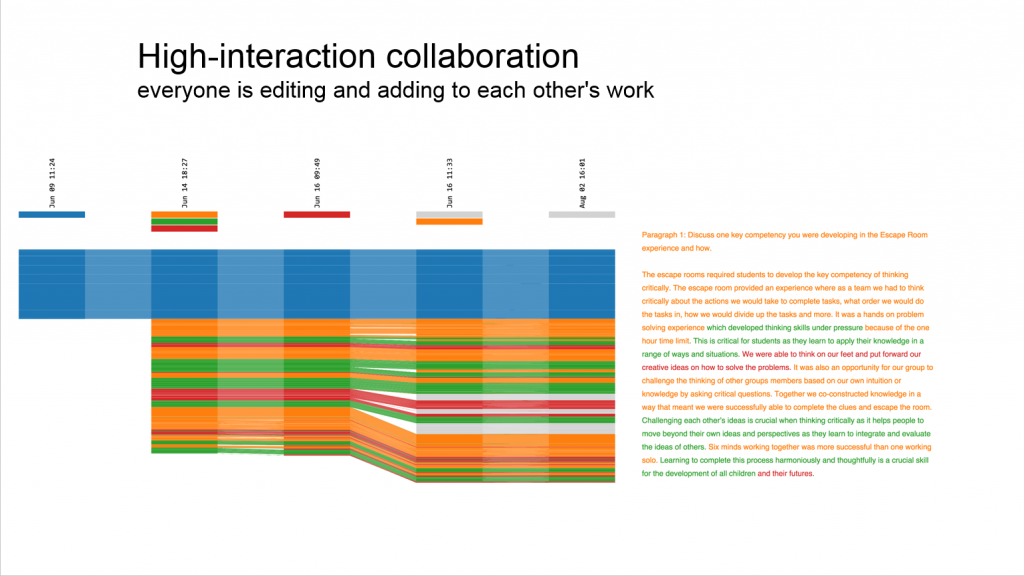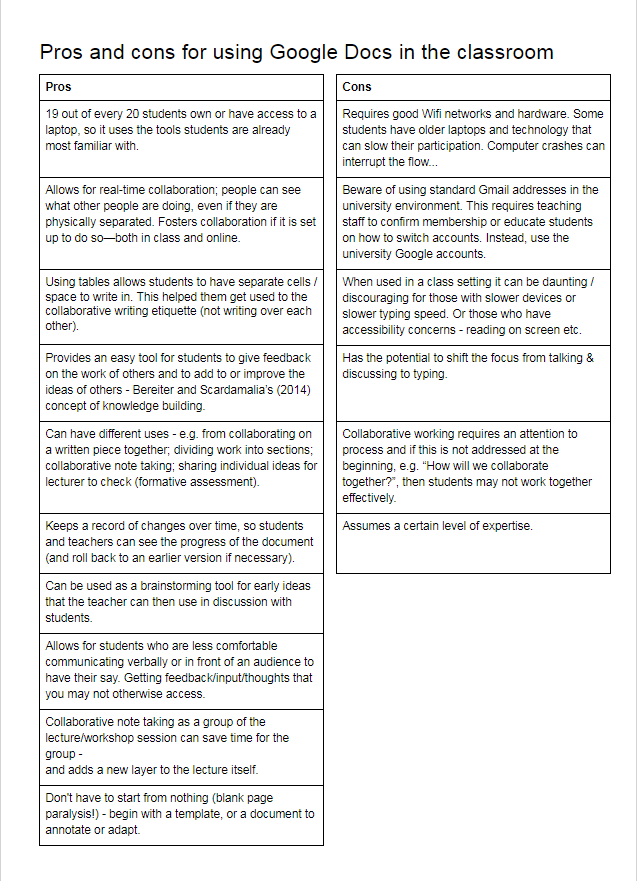Or – Who did What and When: Now in Technicolor!
This project originally developed resources for pre-service teaching and social work students. The project was implemented collaboratively by a team of experts from the Faculty of Education and Social Work (Ruth Lemon, Andrew Thompson, Rena Heap, Damon Ellis and Paul Neveldsen) at the University of Auckland. It was trialled via collaborative class activities (notes; assessment, reflective and creative tasks; tasks from teacher-generated templates; and other tutorial activities) across eight courses (listed below).
These resources might be useful to any teachers assigning collaborative writing tasks to students.
The project was supported by the SEED Fund grants for 2017.
Watch 14 CLeaR Learning Designer Damon Ellis discuss this project here.
For similar projects see: Student Writing Textbank and Common, Discipline-Specific Elements of Proficient Student Writing.

Project background
Project reflection
Our project’s objectives
We are a cross-disciplinary group of four lecturers and a learning designer working in the Faculty of Education and Social Work. In this project we explored the complexities of encouraging collaboration in written tasks while formatively or summatively assessing students’ individual input. Separating out and identifying individual contributions to collaborative tasks for analysis and assessment presents a major hurdle in tertiary practice, compounded if we try to award marks fairly. To address this, this project explored the use DocuViz and AuthorViz, technology-based content analysis tools, to identify and visualise the nature and patterns of individual student contributions to collaborative writing activities and assessments.
What went well? What was unexpected?
In each of our courses (eight in total) we found that collaborative tasks have potential for students to learn from each other; draw upon others’ strengths; provide broad scope for student peer review; and can be be used to prepare our students for the advantages and pitfalls of collaborative work in their workplaces. DocuViz and AuthorViz provided a visual timeline of contributions, showing relative volume and the nature of individual contributions (idea generation, refinement, reorganisation, copy-editing) in the shared document. This was for assessed and non-assessed collaborative writing tasks. We did find that DocuViz and AuthorViz are only tools. They can misrepresent contributions (e.g., if one student is the group scribe) and can even be gamed (e.g., by copying large portions of text which then ‘belongs’ to the copier, rather than the original author). Their usefulness depends entirely on our use of them and the balances we make as lecturers between the tools we use and the processes we follow with our students.
Contribution to students’ learning
Two clear themes emerged: First, the impact of collaborative writing, and second, the impact of visualising this collaboration using analytic tools. Using DocuViz and AuthorViz was a catalyst for us as lecturers to look closely at our collaborative tasks. Students found that effective collaboration helped improve group cohesion. Sharing of insights allowed ideas to be refined and improved. The judicious use of DocuViz to visualise the collaboration allowed ample opportunity for reflection on the roles students preferred to assume — e.g., fastest typist, editor, ideas person, researchers, referencing expert — and for discussion on whether the automatic assumption of these roles helped or hindered the knowledge building potential of true collaboration.
Contribution to our learning
Working with colleagues in the project resulted in new perspectives and thinking around pedagogy and assessment. The lessons learnt impacted immediately on teaching approach. Our key learning included the need for explicit instruction for our students on the value and nature of effective collaboration; the importance of exploring collaborative roles with students; setting clear expectations for the class in terms of trusting colleagues to participate, contribute, and honestly value each other’s contributions; and the need to find robust ways to incentivise and strengthen student collaboration. These principles were found to be equally as important for our graduate students as for our undergraduate students.
Will you continue with this initiative beyond the grant period?
Yes, we plan to contribute formal publications and conference presentations. Each of us intends to extend our use of collaborative activities (assessed and non-assessed) and of these analytic tools into our courses next year, consolidating and extending the initial collaborative tasks and processes introduced or modified for our courses this year.
The project was trialed in 2017 in the following courses at the University of Auckland:
- SOCWORK 721B, Social Work Theories and Skills; Master of Social Work (Professional)
- EDCURRIC 629, Maths, Statistics & Technology Education; Graduate Diploma in Teaching (Primary)EDCURRIC 303, Science and Technology Literacies; Bachelor of Education Primary (Elective)
- EDCURRM 301, Teaching Te Reo Māori; Bachelor of Education (Primary) (Elective) Graduate Diploma – TESSOL
- EDCURRIC 633, Te Ao Māori Early Childhood Education; Graduate Diploma in Teaching (ECE)
- EDCURRIC 610, Science Education; Graduate Diploma Primary
- EDCURRIC 720, Digital Enhancement; Bachelor of Education (Hons)
- EDCURRIC 708, Making a Difference: Science; Bachelor of Education (Hons).
You may also be interested in the following projects: [xxx], [xxx].




